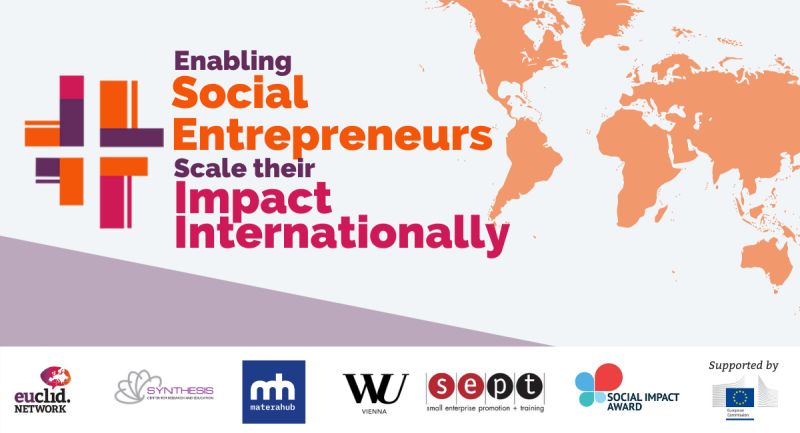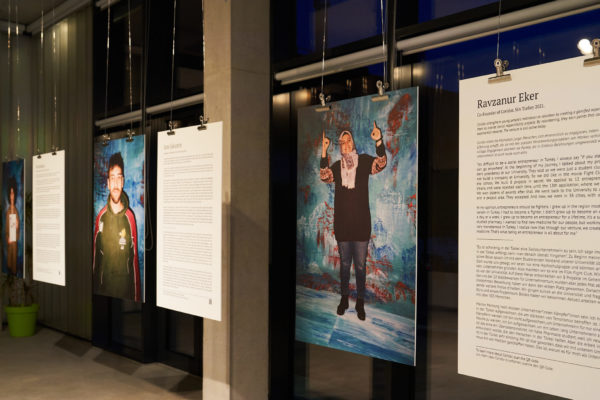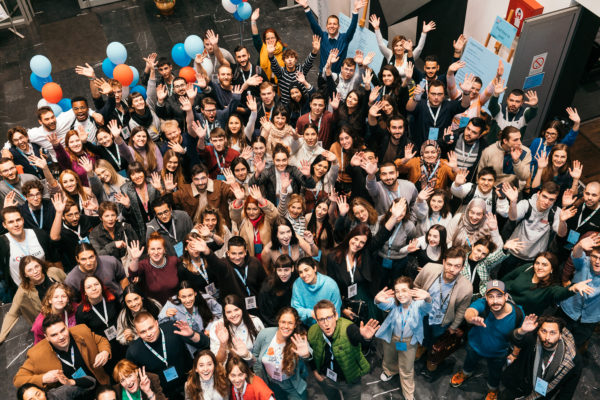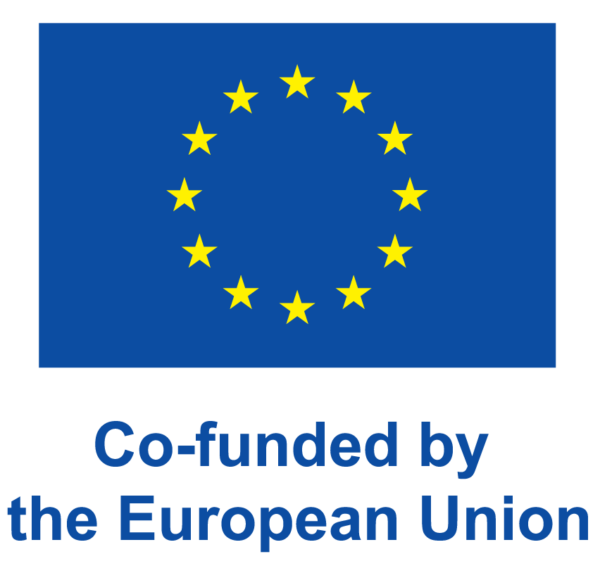3. Different paths require different vehicles
Internationalisation can take different forms. Social entrepreneurs can decide to openly disseminate their knowledge by open sourcing their information and sharing their learnings live with anyone who wishes to replicate their learnings. A good example of this is provided by Cola Life, a successful innovator in health and development who has recently codified and shared freely their key insights in an open source “playbook”. Social entrepreneurs can also disseminate their knowledge internationally by offering trainings, advocacy and consulting, as exemplified by the Viennese food bank Wiener Tafel, member of a European network of food banks, which has provided consulting to dozens of entrepreneurs replicating their approach across borders.
Other paths to internationalisation can provide more control and participation in the upsides of the venture. For example, the Styrian social enterprise atempo has pioneered franchising as a tool to grow their innovations in the field of inclusion and learning beyond country borders. Setting up and managing a franchise relationship requires a lot of investment and risk-taking from the entrepreneurs, but allows scaling atempo’s services and the tacit knowledge embedded in them while providing opportunities for mutual learning and quality assurance.
Our survey data shows that these different approaches call for different competences. Organisations that internationalise though branching (i.e.: open subsidiaries abroad) reported high levels of support needs in many areas, in particular with respect to “gaining visibility and credibility”, “accessing new clients and beneficiaries” and as “finding and keeping new talent”. Entrepreneurs who chose more open approaches to internationalisation showed different priorities. While gaining access to communities and networks was reported as highly important by many respondents, topics related to funding and human resources were important to only a few respondents.


















































